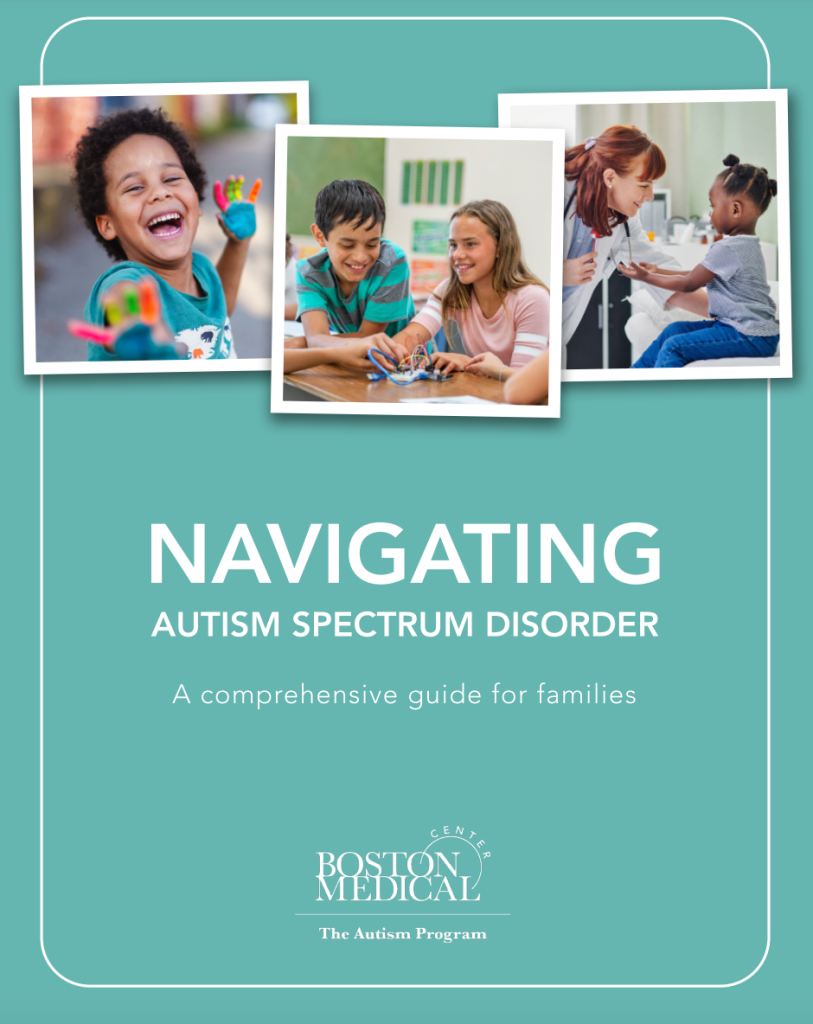Moving autism involves a multidimensional journey encompassing knowledge, help, and advocacy. For individuals on the autism spectrum, and their families, this voyage frequently begins with the pursuit of knowledge. Knowledge the initial challenges and strengths associated with autism is crucial. It requires realizing the varied ways by which autism manifests, appreciating sensory sensitivities, and acknowledging the significance of schedule in everyday life.
Help plays a crucial position in the navigation process. Early treatment applications, beneficial interventions, and instructional support are necessary components. Families and caregivers are vital friends, giving a system of knowledge and assistance. The thought of neurodiversity, focusing the worth of varied neurological activities, represents a central role in the help paradigm. Encouraging acceptance and appreciation of neurodivergent sides fosters an setting where people who have autism can thrive.
Advocacy is built-in to moving the challenges connected with autism. It requires selling consciousness, dispelling misconceptions, and ensuring use of correct assets and accommodations. Advocates perform towards creating inclusive environments in educational institutions, workplaces, and communities. This requires tough societal norms, fostering acceptance, and championing the rights of an individual with autism to live fulfilling lives.
The physical activities of these on the autism spectrum perform an important position in their navigation journey. Sensory-friendly environments, tailored to allow for unique sensitivities, promote comfort and reduce stress. Techniques such as for example visible schedules and social stories aid in organizing individuals for new experiences, fostering a feeling of predictability inside their surroundings.
Education is a cornerstone of navigating autism. It involves not merely educating people with autism but also creating awareness among associates, educators, and the community at large. Educated and empathetic educators perform a pivotal position in giving inclusive educational activities, fostering an setting wherever neurodivergent students may flourish.
Interaction lies in the middle of navigating autism. Augmentative and substitute conversation (AAC) strategies, including visible helps and technology-assisted transmission units, encourage individuals with autism expressing themselves effectively. That enhances social relationship, advances freedom, and decreases disappointment connected with interaction challenges.
Shifting through various living stages involves careful navigation for individuals with autism. This includes the transition from childhood to adolescence, and eventually 32.75 autism spectrum australia adulthood. Help structures should evolve to meet adjusting wants, encompassing education, employment, and separate residing skills.

In conclusion, moving autism is a comprehensive and powerful method concerning knowledge, support, and advocacy. It’s a journey that needs a combined effort from individuals on the autism spectrum, their loved ones, educators, and society at large. By fostering an inclusive and accepting environment, we could ensure that people with autism not just navigate their difficulties but in addition succeed and lead meaningfully to the wealthy tapestry of human diversity.
